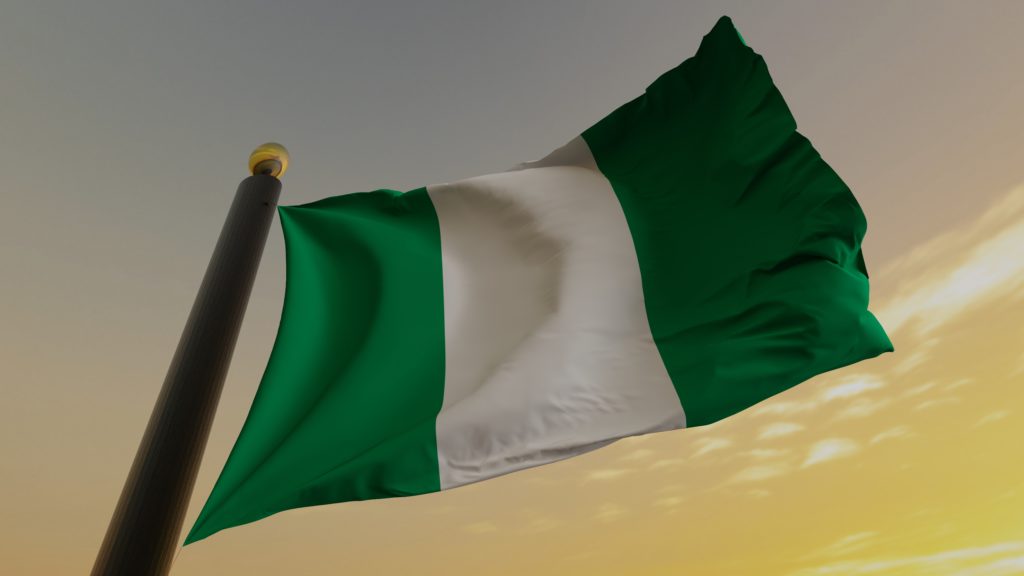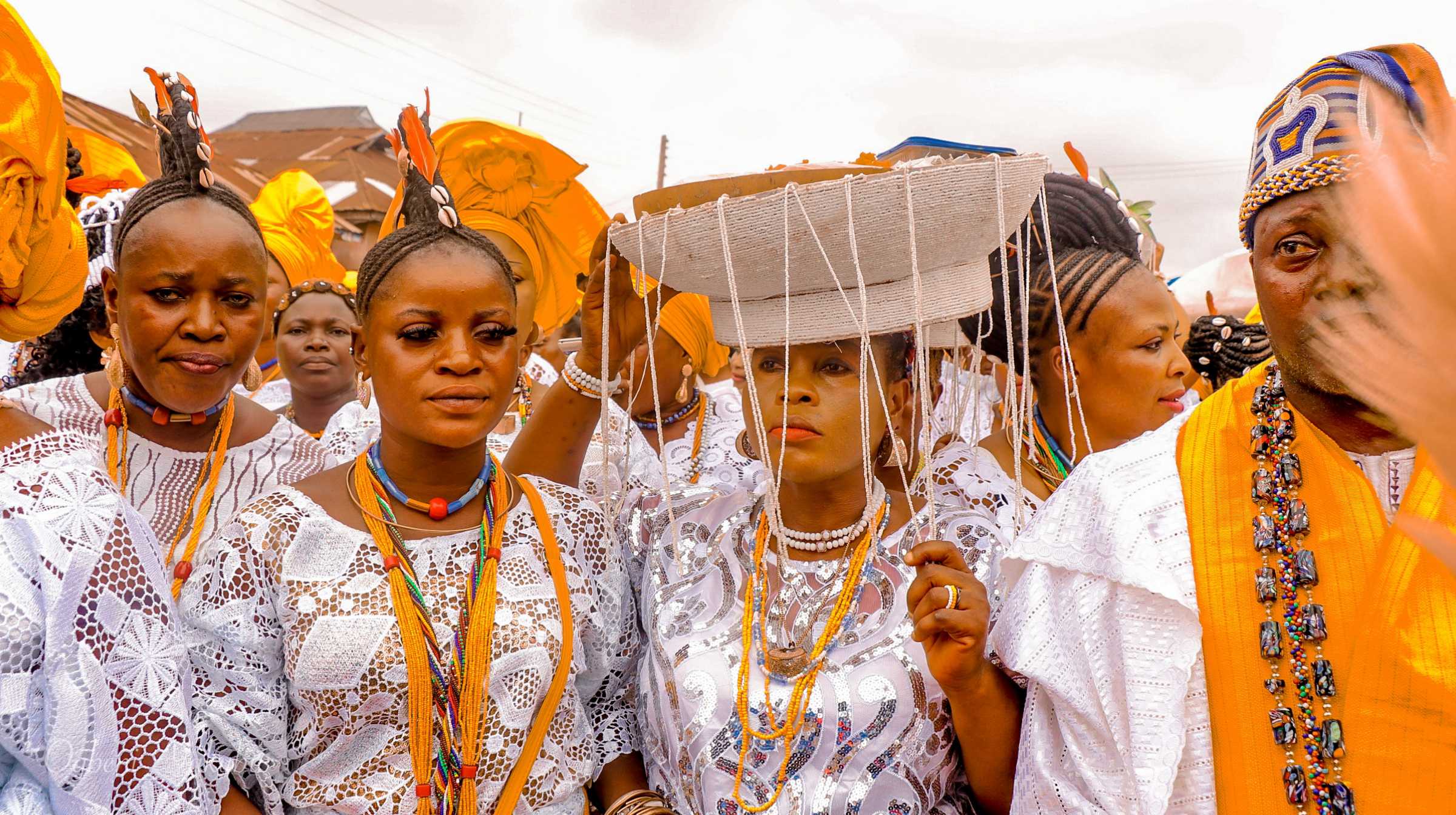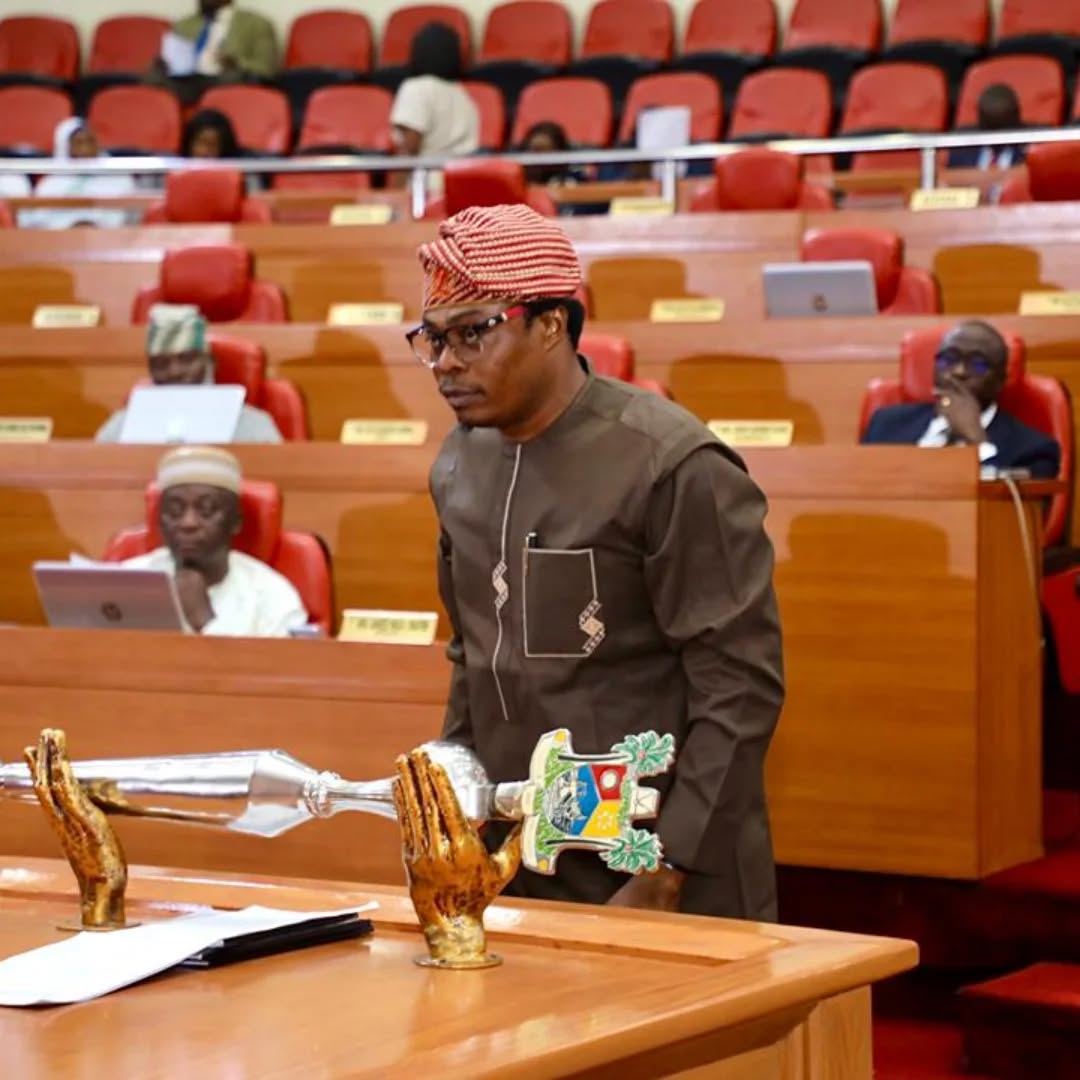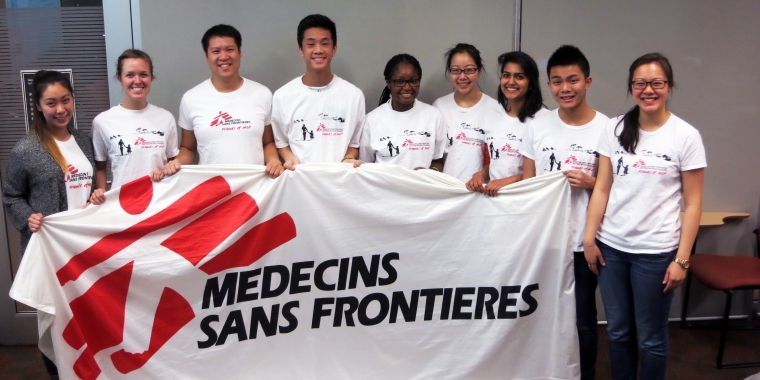
Introduction
Nigeria’s journey to independence was a historic struggle marked by the dedication of influential leaders, pivotal events, and a strong desire for self-governance. This journey from colonial rule to freedom in 1960 is filled with moments that defined the nation and inspired generations of Nigerians. In this article, we explore the key figures and events that shaped Nigeria’s independence movement and ultimately led to the end of British colonial rule on October 1, 1960.
1. Early Agitation and Foundations of Nigerian Nationalism
a. Influence of Western Education and Nationalism
Western education introduced ideas of liberty, democracy, and nationalism to Nigerians. Educated Nigerians, often influenced by their exposure to these ideals, began advocating for self-governance and the end of colonial rule. This intellectual awakening fueled a desire for Nigerian independence and set the stage for organized political movements.
b. Formation of the First Political Organizations
In the 1920s and 1930s, political organizations such as the Nigerian National Democratic Party (NNDP), led by Herbert Macaulay, emerged to challenge colonial policies and push for greater Nigerian participation in government. Known as the “Father of Nigerian Nationalism,” Macaulay’s efforts laid the groundwork for future nationalist movements.
2. Key Figures in Nigeria’s Independence Movement
a. Herbert Macaulay
Herbert Macaulay, considered the father of Nigerian nationalism, was instrumental in founding the NNDP and worked tirelessly to raise awareness of the rights and freedoms Nigerians deserved. His legacy influenced subsequent generations of Nigerian leaders who continued the push for independence.
b. Nnamdi Azikiwe
Nnamdi Azikiwe, also known as “Zik,” was one of the most influential figures in Nigeria’s independence movement. As a journalist, politician, and later the first President of Nigeria, Azikiwe promoted Nigerian unity and self-determination. He co-founded the National Council of Nigeria and the Cameroons (NCNC), advocating for independence and a strong, united Nigeria.
c. Obafemi Awolowo
Obafemi Awolowo, a leading figure from Western Nigeria, was known for his advocacy of federalism as a means to balance Nigeria’s ethnic diversity. He founded the Action Group (AG) in 1949, a party committed to Nigerian independence, economic development, and regional autonomy.
d. Ahmadu Bello
Ahmadu Bello, the Sardauna of Sokoto and leader of the Northern People’s Congress (NPC), was a central figure in advocating for Northern interests within the independence movement. His leadership emphasized unity among northern states while preparing the region for self-governance.
3. Key Moments and Events Leading to Independence
a. World War II and Rising Nationalism
World War II (1939-1945) exposed Nigerian soldiers to ideas of freedom and self-determination. After returning home, many were inspired to join nationalist movements, bringing energy and momentum to Nigeria’s independence movement.
b. The 1946 Richard Constitution
The British introduced the Richard Constitution in 1946, which expanded regional representation but failed to meet Nigerian demands for self-rule. While it allowed greater Nigerian participation in government, it also reinforced regional divisions, fueling further demands for constitutional reform.
c. The 1951 Macpherson Constitution
The Macpherson Constitution allowed Nigerians more political representation through regional legislative houses and the central House of Representatives. Though a step forward, it fell short of full self-governance, intensifying calls for a new constitution and independence.
d. The 1954 Lyttleton Constitution
The Lyttleton Constitution established a federal system of government, allowing regional governments greater autonomy. This structure prepared Nigeria for full independence by establishing a framework for self-governance and addressing regional differences.
e. Constitutional Conferences (1957-1958)
In the late 1950s, Nigerian leaders participated in constitutional conferences in London, negotiating terms for Nigeria’s independence. These conferences, attended by key leaders, finalized the details for a peaceful transfer of power, setting the date for independence on October 1, 1960.
4. October 1, 1960: Nigeria’s Independence Day
On October 1, 1960, Nigeria was officially granted independence from Britain. Celebrations swept across the country, marking the beginning of a new era. Nnamdi Azikiwe became Nigeria’s first Governor-General, and later the first President, while Tafawa Balewa became the first Prime Minister. Independence Day remains a significant national holiday, celebrated annually as a reminder of Nigeria’s hard-won freedom and unity.
5. The Legacy of Nigeria’s Independence Movement
Nigeria’s road to independence was a collective effort of leaders who prioritized national interests and regional cooperation over colonial rule. Their sacrifices and dedication to a free Nigeria continue to inspire the nation’s democratic values, unity, and resilience. Today, the legacy of independence serves as a reminder of the importance of unity and cooperation in shaping Nigeria’s future.
Conclusion
Nigeria’s independence was not achieved overnight. It was the result of decades of struggle, collaboration, and unwavering dedication by leaders and citizens alike. The story of Nigeria’s independence reflects the resilience of its people and the powerful vision of its leaders who fought for self-determination. As Nigeria continues to grow, the spirit of its independence movement serves as a foundation for building a united, prosperous, and democratic nation.








